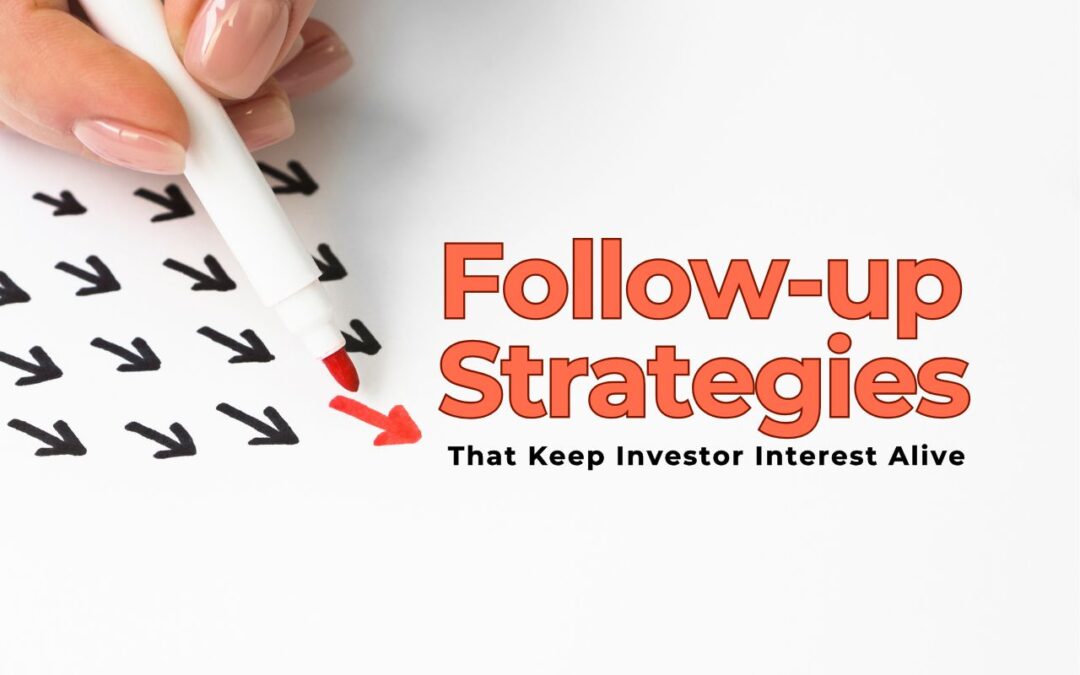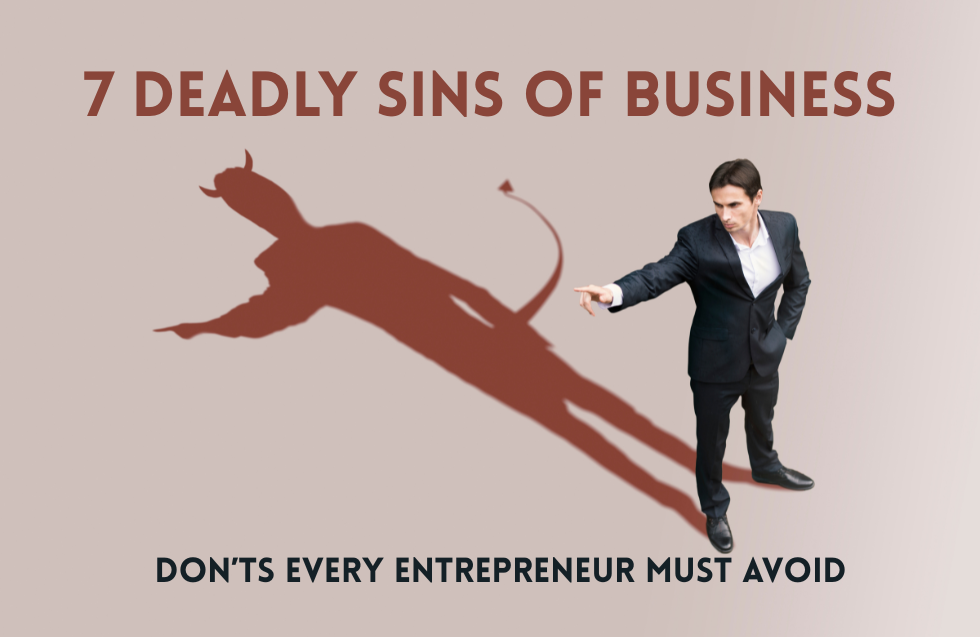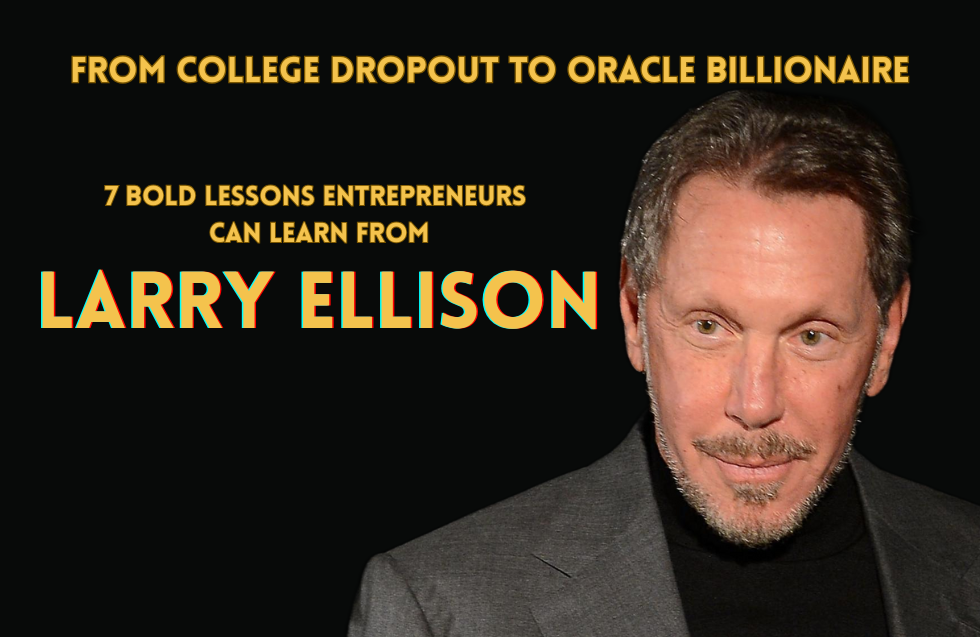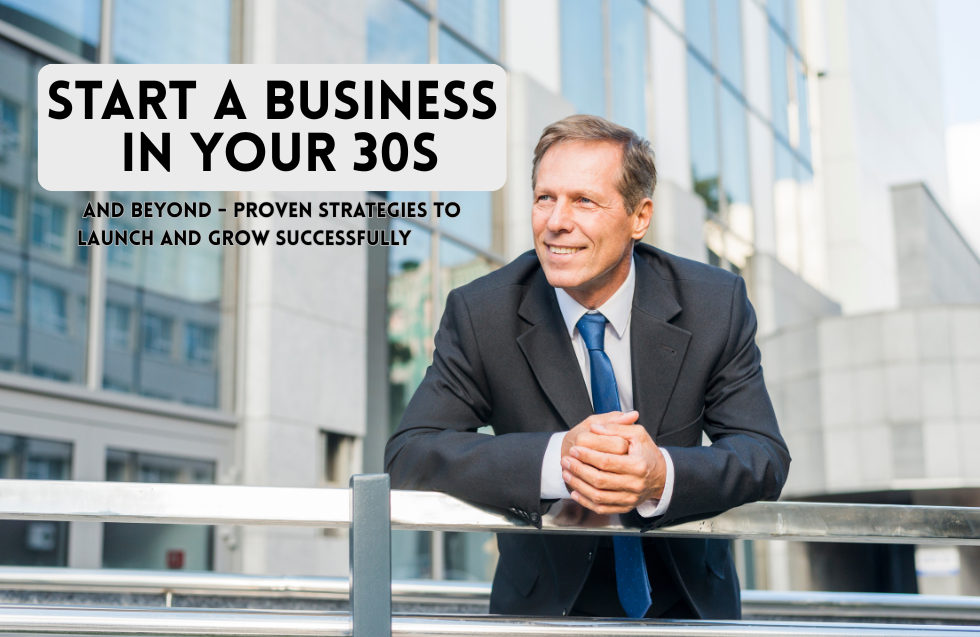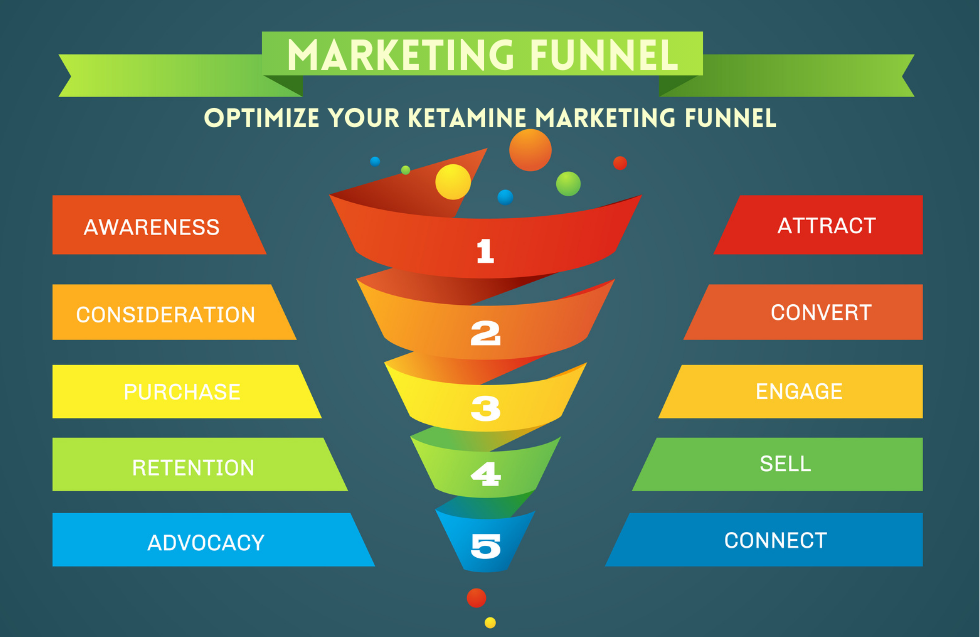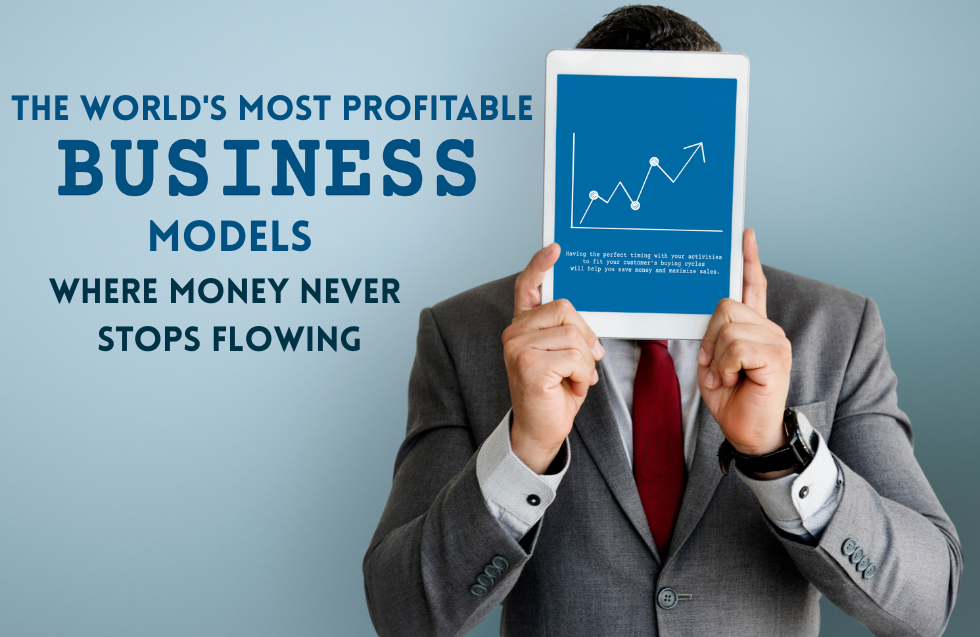Securing investor attention is a critical first follow-up strategies in fundraising, but the real challenge lies in maintaining that interest over time. Many entrepreneurs make the mistake of believing that the pitch is the climax of investor engagement. In reality, it’s just the beginning. Investors rarely make decisions immediately. They weigh options, evaluate risks, assess traction, and observe how entrepreneurs communicate post-pitch. Your follow-up strategy becomes a vital determinant of whether their curiosity transforms into commitment.
This blog dives deep into follow-up strategies that help sustain investor interest, build credibility, and increase your chances of getting funded. If you’re serious about keeping investors engaged after your initial meeting, you’ll need more than a polite “thank you” email. Let’s break down the essential strategies.
Cultivate Timely Communication
Timing is everything. Investors are busy people with packed schedules. Following up too late might signal disinterest or disorganization on your part, while following up too frequently can feel pushy or desperate. So, how do you strike the right balance?
Send a concise thank-you email within 24 hours of the meeting. Reaffirm your appreciation for their time and highlight key points discussed. Make it easy for them to remember who you are, especially if they met multiple founders that day. Beyond that, set a cadence for future communications—every few weeks or after specific milestones are reached.
A good follow-up timeline includes updates at meaningful intervals rather than arbitrary weekly check-ins. Base your follow-up around product developments, traction milestones, customer wins, team expansion, or partnerships. This keeps the investor looped in while demonstrating progress and momentum.
Personalize Every Follow-Up
Generic follow-ups are a fast way to lose investor interest. If your message reads like a copy-paste template, it signals a lack of genuine effort. Instead, tailor your messages based on what was discussed during your meeting. Reference specific concerns they raised, their interest in certain markets, or even their past investments.
For instance, if an investor expressed interest in your approach to customer acquisition, update them later with data that shows improvements in cost-per-acquisition or conversion rates. By directly addressing their areas of curiosity, you’re showing that you value their insights and that your startup is evolving thoughtfully.
Provide Value, Not Just Updates
While it’s tempting to treat follow-ups as status reports, the most effective ones go a step further. Investors are more likely to stay engaged when you make your communication beneficial for them. Think beyond “We signed 3 new clients” and start thinking along the lines of:
- “We signed 3 new clients, one of which accelerated our expansion into a previously untested segment.”
- “We launched a feature we discussed during our last call. It’s reduced churn by 20% and we’d love to share the data.”
Make each update purposeful. If there’s a new industry trend relevant to your business that also aligns with the investor’s interests, share your insights. Thought leadership adds credibility and positions you as a founder who’s not only building a business but also understanding the larger market dynamics.
Show Measurable Progress
Talk is cheap; data speaks volumes. If you want to keep investors interested, demonstrate growth with numbers. Quantitative updates give your story momentum. These could include:
- Increased user base
- Monthly recurring revenue (MRR) or annual recurring revenue (ARR)
- Customer retention improvements
- Gross margins
- Operational cost efficiencies
- Pipeline forecasts
Even if progress is modest, transparency combined with strategy builds trust. Explain how you’ve tackled challenges and what you’ve learned. This positions you as a proactive leader, not just a dreamer.
Maintain a Clear Narrative
Each follow-up message should feel like the next chapter in your startup story. If each communication is disjointed or reactive, investors may lose the thread. Use your follow-ups to build a cohesive narrative of progress, vision, and adaptability.
Start by reminding them of the problem you’re solving. Then show how your recent actions align with your vision. Are you validating your hypotheses? Improving customer experiences? Scaling sustainably? Investors want to see consistency in your direction, even as you iterate and adapt.
Think of it like serialized storytelling. When your updates follow a logical arc, you create anticipation for the next chapter—just like a well-written novel.
Demonstrate Responsiveness
Engaged communication is a two-way street. If an investor replies to your update or asks a question, don’t delay your response. Prompt replies show professionalism and commitment. Even if you don’t have an immediate answer, acknowledge the message and indicate when you’ll follow up with the details.
A responsive founder gives the impression of being organized and action-oriented—qualities investors admire and seek in leadership.
Use Soft Reminders Tactfully
There will be times when investors go quiet. That doesn’t necessarily mean disinterest—it might just be timing or bandwidth. In such cases, sending a polite reminder is appropriate.
But do it tactfully.
Reframe the reminder as an update, rather than a nudge. For example:
“I just wanted to share a quick update—our MVP now has 2,000 active users, and our retention is stronger than expected. Would love to reconnect and hear your thoughts if you have time in the coming weeks.”
By leading with value, you minimize pressure and increase the likelihood of re-engagement.
Highlight Customer Feedback
Investors love real-world validation. Sharing meaningful testimonials or customer insights adds a layer of credibility. Whether it’s a major client raving about your product or early adopters asking for more features, it’s valuable information.
Quotes from users, usage patterns, and net promoter scores (NPS) provide tangible evidence that your solution is resonating with your target market. This kind of social proof can often be more convincing than raw numbers alone.
Share Your Learning Curve
Investors aren’t just betting on your product—they’re betting on you. Show them that you’re coachable, resilient, and evolving. Use follow-ups to highlight lessons learned from experiments, customer interactions, or product iterations.
This transparency shows maturity and self-awareness. It proves that you’re not only taking action but also reflecting on results and making smarter decisions with each step.
Create Anticipation for Future Milestones
One of the most powerful follow-up strategies is planting the seed for future updates. End your communication with a forward-looking statement that gives them a reason to stay tuned:
- “We’re launching our pilot with three enterprise customers next month. I’d love to share early findings with you.”
- “We’re finalizing a key hire in the next two weeks who will significantly shape our growth strategy. Can I keep you posted?”
This builds a sense of expectation and continuity, keeping investors mentally invested in your journey, even before they make a financial commitment.
Use Multi-Channel Communication
While email remains the standard mode of follow-up, it doesn’t hurt to occasionally diversify. A brief LinkedIn message, a handwritten note, or even a thoughtful voicemail (if you have that rapport) can stand out. Just ensure the content is professional, relevant, and respectful of their time.
Don’t overwhelm them across platforms. A light-touch, diversified communication strategy works best when used sparingly and strategically.
Keep a Follow-Up Tracker
Consistency is easier when it’s organized. Keep a log of whom you’ve contacted, when, what you discussed, and when you plan to follow up next. This internal tracking system ensures that you don’t miss opportunities, forget investor preferences, or accidentally follow up too soon—or too late.
Your goal is to build and manage a growing pipeline of investor relationships. Staying organized allows you to nurture each one effectively, without confusion or overlap.
Be Transparent About Fundraising Progress
One mistake some founders make is being vague about where they stand in their fundraising process. Investors want to know if others are showing interest, if commitments are being made, or if there’s momentum in the round.
You don’t need to share sensitive or confidential details, but general updates like “we’re 40% committed in this round with interest from multiple parties” can signal traction and encourage others to move faster.
Transparency fosters urgency and reduces uncertainty. Just ensure that what you share is accurate—fabricating interest can backfire dramatically.
Follow Up Even After a “No”
Getting a “no” doesn’t mean the door is closed forever. Many investors who initially pass may reconsider in the future if they see sustained progress. In fact, some of the best funding rounds happen because founders kept those early “no’s” in the loop.
Don’t spam them, but consider sending quarterly updates or milestone-based newsletters. When the time is right, they might reinitiate the conversation—because you stayed on their radar through thoughtful follow-up strategies.
Build Genuine Relationships
The best follow-up strategies isn’t a strategy—it’s a relationship. View investors as people first, capital providers second. Engage them in conversations about trends, share content they might find valuable, or seek their advice when appropriate.
The more authentic the relationship, the more likely they are to stay interested and even introduce you to their network. Emotional intelligence and empathy often go farther than raw metrics in maintaining long-term investor interest.
Conclusion
In the world of fundraising, your pitch gets your foot in the door, but it’s the follow-up that builds the relationship. Investors want to see that you’re not just visionary but also disciplined, consistent, and trustworthy. A thoughtful, value-driven follow-up strategies shows that you’re serious about your business and respectful of their time.
By combining timely communication, personalization, measurable progress, and a forward-looking narrative, you turn initial curiosity into lasting interest—and lasting interest into eventual investment.
Remember, fundraising is a journey, not a transaction. The more follow-up strategies and authentic your follow-ups, the more likely you are to turn conversations into capital.
